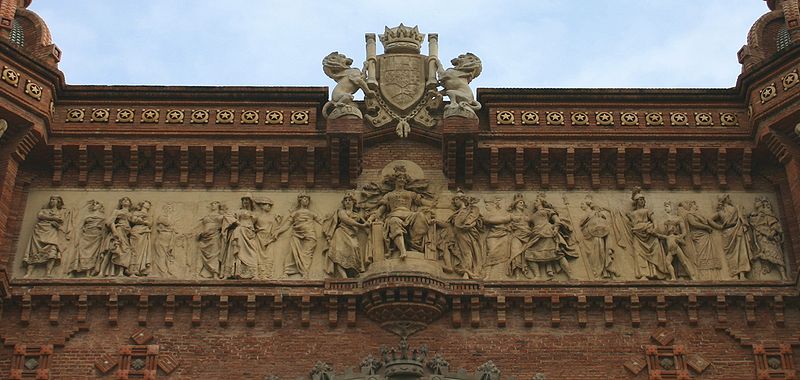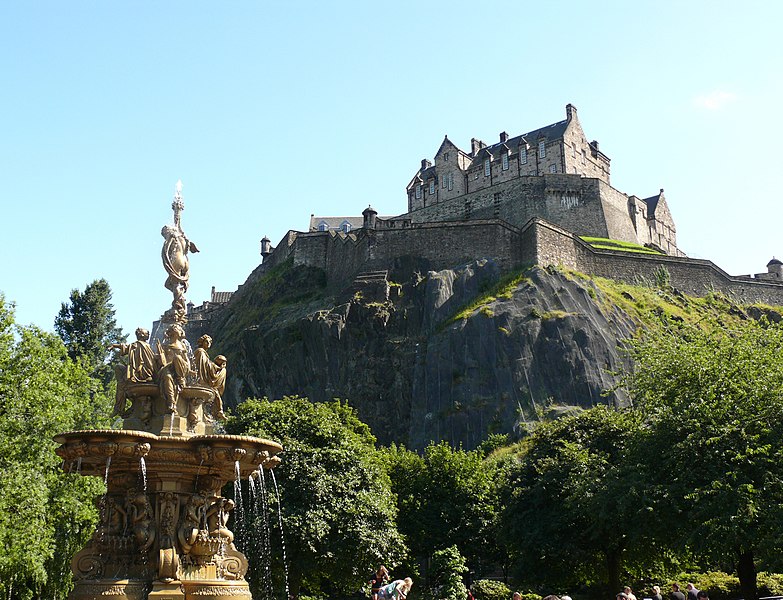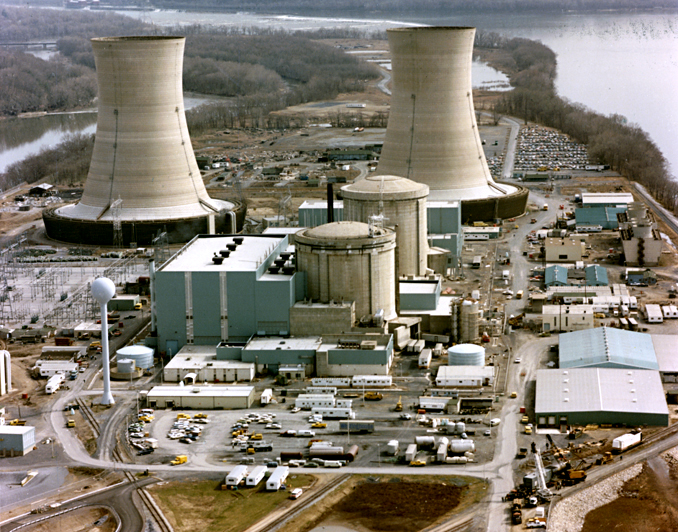Facade of St. Peter's
Although almost everyone knows that St. Peter’s Basilica is the grand cathedral of the Pope in Rome, Italy, many people do not know that it replaced the Old St. Peter’s, a basilica form church commissioned by the Roman Emperor Constantine in 4th century. Then, as is now, the cathedral marks the site of martyrdom of St. Peter (he was gruesomely crucified upside down). During the Roman Empire, the Circus of Domitian (a racetrack for chariots) was where the cathedral is today. The current basilica has three chief designers, the last being Carlo Maderno (a Swiss-Italian Baroque architect). Pope Julius II wanted to rebuild the crumbling building constructed in the classical age, so he arranged for the whole Vatican to essentially get a Renaissance makeover. During this time (mid 1500s), Michelangelo was painting the Sistine Chapel, Raphael was flawlessly executing the frescoes for the Stanza della Segnatura (i.e. School of Athens), and Bramante was designing his Tempietto. Learn more about the Renaissance architecture here.

Interior
Bramante's plan
The first new plan for the façade of the St. Peters was a centralized Greek cross plan with a dome in the center (designed by Bramante circa 1506). After Bramante died, Michelangelo produced a new plan that added a classical portico (porch) to the front of the imposing counter-reformation structure. Michelangelo also designed the dome that still dominates the Roman skyline today. Finally, the last and eventual plan was made by Maderno; he made the cathedral a traditional basilica plan with a long nave, baroque façade, and numerous side chapels. Instead of the classical architecture of Palladio (Roman temple front, double columned loggia, symmetry, etc), the new façade was not as balanced and harmonious, reflecting the emotional/dramatic quality of Baroque art.
Michelangelo's dome
St. Veronica
The interior of the Cathedral contains huge sculptures of Saints (i.e. Helena, Veronica) with their reliquaries above them; the words of Jesus to St. Peter from the Bible in Latin also run across the top of the building in a continuous ribbon/scroll. In the center is the famed Baldachin of Bernini, a bronze canopy with the orb of the universe on top, sickly sweet putti, and swirling Solomonic columns. My favorite part of the interior is the "Pieta" by Michelangelo; he sculpted this monumental couple in his twenties and it completely entranced me when I saw it. Other fascinating aspects of St. Peter’s are the Bishop’s chair in the back (with a dove and rays of light shining on the seat), the skeleton holding a hour glass in a sculpture of a pope (a memento mori), and the sheer size and opulence of the edifice itself. When St. Peter’s was constructed, the Catholic Church was trying to call back those it had lost to Protestantism; by saying, “look, we are wealthy, regal, and the only way to heaven,” the church wanted to assert their dominance.

See the skeleton?
However, my favorite part of the whole Vatican is the piazza in front designed by Bernini. The two “arms” of columns that seem to embrace and comfort the spectator are amazing and expertly rendered. Although the columns are monumental, they did not feel confining or menacing when I gazed upon them. The obelisk in the middle, symbol of the Catholic church conquering Rome just as Rome had conquered Egypt, is also imposing (yet slightly out of place). I visited St.Peter’s in the height of tourist season (July), but luckily, I had bought tickets beforehand and avoided the snaking line of tourists. Needless to say, the Vatican museums, Sistine Chapel, and the general ambiance of holiness and history were unforgettable.
My favorite memory of visiting this place is somewhat strange and could be considered unsettling in a way. After eating a delicious dinner in a tucked-away Piazza, my family and I walked back to St.Peter’s at around 9:30 p.m. The courtyard was deserted and the warm yellow light from artificial lamps lit up the figures of saints and other important church figures on the roof, making them look like looming sentinels of sanctity. Everything was still, the façade was bathed in darkness expect for a few lights, and no one else was there, making the round piazza wonderfully deserted. I hope that I can visit Rome again just so I can go to St. Peter’s at night and remember how it felt to see something so still, holy, and slightly unsettling all at the same time. During the summer of 2011, Benedict XVI was Pope, not Francis, so perhaps the square is more crowded today.
Four Fountains in Piazza Navona
I also loved visiting the Piazza Navona, the former oblong-shaped circus of Nero. There, the Four Rivers Fountain of Bernini dominated the center. With the Danube, Nile, Rio de la Plata, and Ganges Rivers being represented, the striking aspect of this fountain is the dynamic, expressive, and life-like personifications. My favorite is the River Danube (with papal arms and horse), which represents Europe. The upraised hands are characteristic of Bernini and break out into the space of the viewer, inviting us in with emotion and dynamism.









